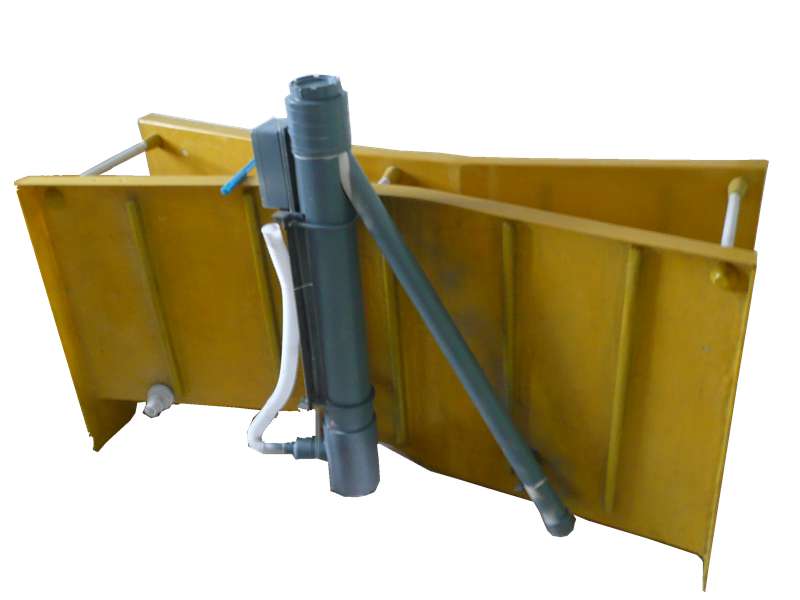
-
 Afrikaans
Afrikaans -
 Albanian
Albanian -
 Amharic
Amharic -
 Arabic
Arabic -
 Armenian
Armenian -
 Azerbaijani
Azerbaijani -
 Basque
Basque -
 Belarusian
Belarusian -
 Bengali
Bengali -
 Bosnian
Bosnian -
 Bulgarian
Bulgarian -
 Catalan
Catalan -
 Cebuano
Cebuano -
 China
China -
 China (Taiwan)
China (Taiwan) -
 Corsican
Corsican -
 Croatian
Croatian -
 Czech
Czech -
 Danish
Danish -
 Dutch
Dutch -
 English
English -
 Esperanto
Esperanto -
 Estonian
Estonian -
 Finnish
Finnish -
 French
French -
 Frisian
Frisian -
 Galician
Galician -
 Georgian
Georgian -
 German
German -
 Greek
Greek -
 Gujarati
Gujarati -
 Haitian Creole
Haitian Creole -
 hausa
hausa -
 hawaiian
hawaiian -
 Hebrew
Hebrew -
 Hindi
Hindi -
 Miao
Miao -
 Hungarian
Hungarian -
 Icelandic
Icelandic -
 igbo
igbo -
 Indonesian
Indonesian -
 irish
irish -
 Italian
Italian -
 Japanese
Japanese -
 Javanese
Javanese -
 Kannada
Kannada -
 kazakh
kazakh -
 Khmer
Khmer -
 Rwandese
Rwandese -
 Korean
Korean -
 Kurdish
Kurdish -
 Kyrgyz
Kyrgyz -
 Lao
Lao -
 Latin
Latin -
 Latvian
Latvian -
 Lithuanian
Lithuanian -
 Luxembourgish
Luxembourgish -
 Macedonian
Macedonian -
 Malgashi
Malgashi -
 Malay
Malay -
 Malayalam
Malayalam -
 Maltese
Maltese -
 Maori
Maori -
 Marathi
Marathi -
 Mongolian
Mongolian -
 Myanmar
Myanmar -
 Nepali
Nepali -
 Norwegian
Norwegian -
 Norwegian
Norwegian -
 Occitan
Occitan -
 Pashto
Pashto -
 Persian
Persian -
 Polish
Polish -
 Portuguese
Portuguese -
 Punjabi
Punjabi -
 Romanian
Romanian -
 Russian
Russian -
 Samoan
Samoan -
 Scottish Gaelic
Scottish Gaelic -
 Serbian
Serbian -
 Sesotho
Sesotho -
 Shona
Shona -
 Sindhi
Sindhi -
 Sinhala
Sinhala -
 Slovak
Slovak -
 Slovenian
Slovenian -
 Somali
Somali -
 Spanish
Spanish -
 Sundanese
Sundanese -
 Swahili
Swahili -
 Swedish
Swedish -
 Tagalog
Tagalog -
 Tajik
Tajik -
 Tamil
Tamil -
 Tatar
Tatar -
 Telugu
Telugu -
 Thai
Thai -
 Turkish
Turkish -
 Turkmen
Turkmen -
 Ukrainian
Ukrainian -
 Urdu
Urdu -
 Uighur
Uighur -
 Uzbek
Uzbek -
 Vietnamese
Vietnamese -
 Welsh
Welsh -
 Bantu
Bantu -
 Yiddish
Yiddish -
 Yoruba
Yoruba -
 Zulu
Zulu
grp food grade equipment
Understanding GRP Food Grade Equipment A Key to Quality and Safety in the Food Industry
In the food processing industry, equipment quality and safety are paramount. One of the primary materials that has gained prominence in this sector is Glass Reinforced Plastic (GRP). GRP food grade equipment is increasingly becoming the preferred choice for manufacturers and operators alike due to its numerous beneficial properties, which enhance both food safety and operational efficiency.
Understanding GRP Food Grade Equipment A Key to Quality and Safety in the Food Industry
Another significant advantage of GRP food grade equipment is its ease of cleaning and maintenance. Hygiene is critical in food production, as it prevents microbial growth and contamination. GRP surfaces can be designed to be smooth and non-porous, minimizing the risk of bacteria accumulating in hard-to-clean areas. Furthermore, GRP can withstand high temperatures and various cleaning chemicals, allowing for effective sanitation processes without damaging the equipment.
grp food grade equipment

Durability is another essential characteristic of GRP food grade equipment. Unlike metal, which can rust, or wood, which can warp, GRP maintains its structural integrity over time. This durability translates into lower maintenance costs and extended lifespan, making it a cost-effective solution for food manufacturers. Investing in GRP equipment can lead to significant savings in both maintenance and replacement costs in the long run.
Additionally, the versatility of GRP allows for its application in various forms and shapes, catering to specific operational needs. From storage tanks to conveyor belts and food processing machinery, GRP can be molded into complex designs that fulfill specific requirements. This customization not only improves efficiency but also ensures that businesses can tailor their equipment to meet the evolving demands of the food industry.
Furthermore, the lightweight nature of GRP equipment simplifies installation and relocation. This feature is particularly beneficial for food processing plants that may need to adapt their layouts or expand operations. The reduced weight also means that transport costs are lower, an attractive factor for many businesses looking to optimize their supply chain.
In summary, GRP food grade equipment represents a significant advancement in the food processing industry, offering unmatched advantages in terms of durability, hygiene, and adaptability. As food safety regulations become increasingly stringent, the demand for high-quality food-grade materials will continue to grow. By investing in GRP equipment, food manufacturers can ensure their operations not only meet regulatory standards but also contribute to the overall safety and quality of the food supply. Embracing this innovative material could very well be the key to future-proofing food processing facilities and maintaining competitive advantages in an ever-evolving market.









